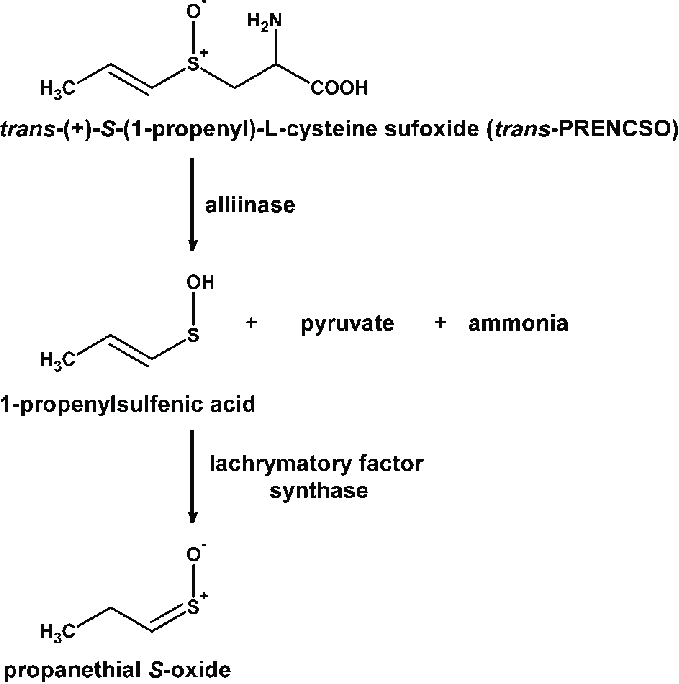Microplastic Transportation by Earthworms: An Emerging Environmental Concern
- Jeeva Nanthan
- Mar 7
- 3 min read
In recent years, microplastics have garnered increasing attention due to their widespread presence in various ecosystems, particularly in soil and aquatic environments. Examining the intricate relationship between microplastics and earthworms highlights the importance of understanding the broader implications for environmental health and sustainability. So, let's educate us on the fascinating world of earthworms and their role in the transport of microplastics in our soils.
What Are Microplastics?
Before we go further, let's take a moment to quickly explain what microplastics are. These tiny plastic particles, often less than 5mm in size, originate from various sources, including the breakdown of larger plastic debris and the direct release of microbeads from personal care products. Their small size allows them to infiltrate the soil ecosystem, leading to potential risks for soil organisms, including earthworms.
The Role of Earthworms in Soil Ecosystems

Earthworms, particularly species like Eisenia fetida, are essential soil organisms known for their ability to aerate the soil, enhance nutrient cycling, and improve soil structure. By playing a vital role in organic matter decomposition, they significantly contribute to overall soil health. However, with the increasing prevalence of microplastics in the soil, earthworms now face a new ecological challenge.
These organisms encounter microplastics through various mechanisms, often unintentionally ingesting them while consuming organic matter. Research has shown that microplastics can accumulate in their bodies, raising concerns about adverse physiological effects and potential transgenerational impacts. This interaction not only compromises earthworm health but also disrupts the broader soil ecosystem, highlighting the far-reaching consequences of microplastic pollution.
Have you ever considered the types of microplastics present in your garden or local ecosystem? Identifying these particles can be the first step in advocating for healthier soil environments.
Microplastics as Environmental Disruptors
Microplastics are not just benign particles; they carry harmful substances such as toxins and pathogens that can adversely affect soil-dwelling organisms, including earthworms. The ingestion of these particles can lead to the bioaccumulation of harmful chemicals within earthworms, potentially impacting their reproductive and developmental processes. Furthermore, earthworms laden with microplastics can alter nutrient cycles and disrupt interactions within the soil microbial communities that are essential for plant growth.

Given the critical role earthworms play in maintaining soil health, the transport of microplastics poses a significant threat to agriculture and food security. Microplastics in agricultural soils can lead to reduced soil fertility, impacting crop yields and quality. As food production is increasingly challenged by soil degradation and pollution, it becomes crucial to address microplastic contamination in agricultural practices.
What measures do you think can be taken to mitigate microplastic pollution in agricultural soils? Share your thoughts and ideas in the comments!
On Going Research
To confront the challenge posed by microplastic pollution, ongoing research is essential. Studies focusing on the movement of microplastics through soil systems and their effects on earthworms and other soil biota will provide valuable insights into mitigating strategies. Public awareness and advocacy play a crucial role as well; promoting practices that reduce plastic usage and improve waste management can significantly decrease microplastic emissions into our environment.
Conclusion:
Microplastic transportation by earthworms is a complex and pressing ecological issue that requires our attention. By understanding their role and the implications of this interaction, we can take proactive steps toward creating a healthier environment. As individuals, we have the power to influence change through our choices and actions. Together, let’s engage in meaningful discussions and advocate for sustainable practices to protect our soils and, ultimately, our planet.
Remember, every small action counts. Reducing our plastic footprint may help preserve not only the health of earthworms but the entire ecosystem they support.
What will you do differently today?
Jeevananthan M
B. Tech Biotechnology
Undergraduate Student
Reference:
Ecological risk of microplastic toxicity to earthworms in soil: A bibliometric analysis, https://www.frontiersin.org/journals/environmental-science/articles/10.3389/fenvs.2023.1126847/full
Airborne Microplastic in the Atmospheric Deposition and How to Identify and Quantify the Threat: Semi-Quantitative Approach Based on Kraków Case Study, https://www.mdpi.com/1660-4601/19/19/12252
Chronic and Transgenerational Effects of Polystyrene Microplastics at Environmentally Relevant Concentrations in Earthworms (Eisenia fetida), https://www.semanticscholar.org/paper/ad22ee8b2942fd1f5240b34fad9db441e82da462
Mid-Level Riverine Outflow Matters: A Case of Microplastic Transport in the Jiulong River, China, https://www.frontiersin.org/articles/10.3389/fmars.2021.712727/full
Image credit:




Comments